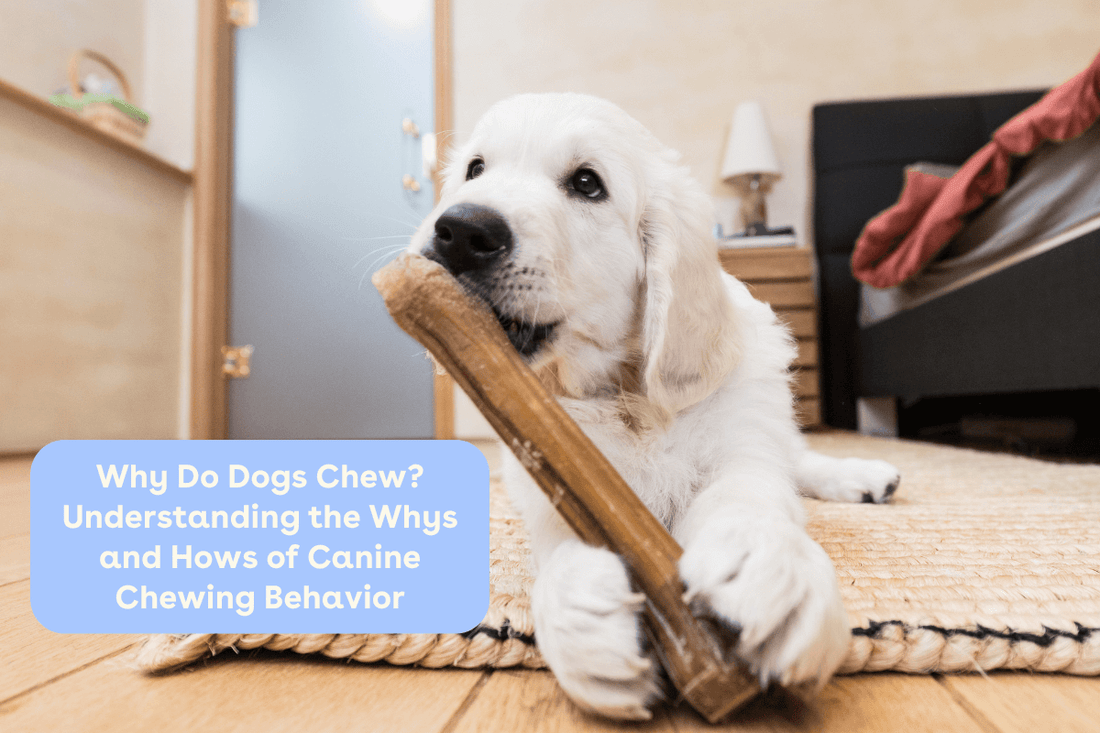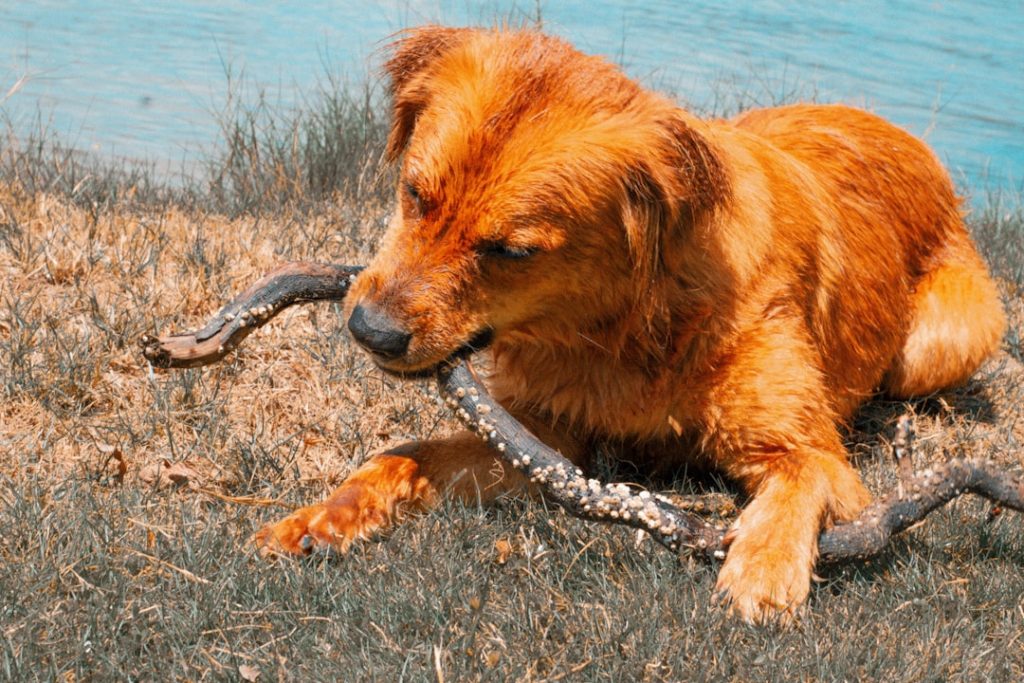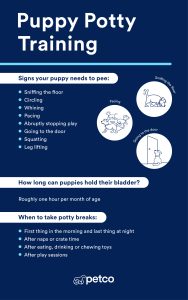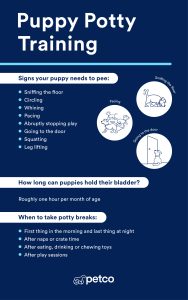Have you ever noticed your dog hiding or burying their toys, treats, or even food? This curious habit is called dog caching behavior, and it’s more than just a quirky trick.
Understanding why your dog does this can reveal a lot about their instincts, emotions, and needs. If you want to unlock the secrets behind this fascinating behavior and learn how it affects your relationship with your furry friend, keep reading.
What you discover might surprise you—and help you connect with your dog on a whole new level.

Credit: www.petscare.com
Why Dogs Cache Items
Dogs sometimes hide or save their toys, food, or bones. This behavior is called caching.
Caching helps dogs keep important things safe for later use. It shows their natural instincts.
Instincts Behind Caching
Dogs have strong instincts from their wild ancestors. Wild dogs hid food to save it from others.
Caching is a way to protect resources. It helps dogs feel secure about their supplies.
Evolutionary Benefits
In nature, food is not always easy to find. Caching helped dogs survive during hard times.
By saving food, dogs could eat later when food was scarce. This raised their chances of living.
- Keeps food safe from other animals
- Provides a backup supply during shortages
- Helps puppies learn survival skills
Breed Tendencies
Some dog breeds cache more than others. This depends on their history and natural jobs.
Hunting and working breeds often hide items. They use caching to store tools or food.
- Terriers may hide bones or toys
- Retrievers often carry and save items
- Herding dogs sometimes stash food

Credit: pupford.com
Common Items Dogs Cache
Dogs have a curious habit of hiding things. This behavior is called caching. Dogs often cache items they find valuable.
These treasures can range from toys to food, and sometimes even surprising items. Let’s explore what dogs commonly cache.
Favorite Toys And Bones
Dogs love their toys and bones. These are often their most prized possessions. They might hide them under beds or in garden corners.
Favorite toys can include squeaky balls, stuffed animals, and chewable bones. These items provide comfort and entertainment.
- Squeaky balls
- Stuffed animals
- Chewable bones
Food And Treats
Food is a top item dogs like to cache. They may hide treats for later. This is an instinct to save food for future meals.
Common food items include biscuits, pieces of meat, and even their favorite chew treats. Dogs often cache these in secret spots.
- Biscuits
- Pieces of meat
- Chew treats
Unusual Treasures
Sometimes, dogs cache items that surprise us. These unusual treasures can include household items or items found during walks.
Items like socks, shoes, or even small garden tools can become part of a dog’s hidden stash. Each dog has its own unique taste.
- Socks
- Shoes
- Small garden tools
How Dogs Choose Hiding Spots
Dogs often hide their food or toys to save them for later. This behavior helps keep their treasures safe from others.
Choosing the right hiding spot is important to dogs. They look for places that feel safe and hidden.
Safe And Secluded Areas
Dogs pick spots that are quiet and out of sight. They avoid busy or loud places where others can find their items easily.
- Under bushes or plants
- Behind furniture inside the house
- In shaded corners of the yard
- Inside tall grass or piles of leaves
Patterns In Spot Selection
Dogs often use similar spots again. They like places that offer cover and easy access. This helps them remember where they hid their items.
| Spot Type | Reason |
| Under furniture | Out of sight, easy to reach |
| Near trees | Good cover and shade |
| Inside bushes | Hidden from view |
| Behind garden pots | Protected and quiet |
Environmental Influences
Weather and noise affect where dogs hide. They avoid wet or noisy places. Calm and dry spots are preferred.
Other factors include:
- Presence of other animals
- Human activity nearby
- Time of day and sunlight
- Availability of natural cover
Signs Your Dog Is Caching
Dogs often hide their food or toys in secret spots. This behavior is called caching. It comes from their wild ancestors who saved food for later.
Knowing the signs helps you understand your dog better. It also helps you find hidden items before they get lost.
Behavioral Clues
Your dog may show certain behaviors when caching. Look for signs like sniffing around a spot a lot or digging in one place.
Dogs might carry food or toys in their mouth and look for a quiet spot. They may also paw or scratch the ground.
- Carrying items in mouth repeatedly
- Sniffing and circling a spot
- Digging or pawing at the floor or yard
- Suddenly leaving the room with a toy or treat
Tracking Hidden Items
Watch where your dog goes after picking up something. They often hide items in places you might not expect.
Check common hiding spots like under furniture, inside cushions, or corners of the yard. Toys or food may be buried or tucked away.
- Under couches or chairs
- Inside blankets or pillows
- Near bushes or garden areas
- Behind doors or in closets
When Caching Becomes Problematic
Caching is normal, but it can cause problems. Your dog might hide dangerous items or make a mess.
If your dog hides food too much, it may cause eating issues. Some dogs get stressed or anxious about their hidden items.
- Hiding harmful objects like sharp items
- Refusing to eat until items are found
- Making a mess by digging indoors
- Showing stress when items are moved
Encouraging Healthy Caching
Dog caching is when dogs hide or save food and toys for later. This behavior is natural and can keep dogs happy and busy.
Encouraging healthy caching helps dogs use their minds and bodies in a positive way. It also builds trust between dogs and owners.
Safe Toys And Treats
Choose toys and treats that are safe for your dog to hide. Avoid small pieces that can cause choking or be lost easily.
Soft toys and durable chew treats are good options. Make sure the treats are healthy and easy to hide in different spots.
- Use non-toxic, durable toys
- Pick treats your dog loves but can store
- Avoid sharp or tiny objects
- Rotate toys to keep caching fun
Training Tips
Teach your dog to cache by starting with simple hiding spots. Reward your dog when it finds or hides items correctly.
Use clear commands like “hide” or “find.” Be patient and practice often to build your dog’s confidence.
- Start with easy hiding places
- Give praise or treats after success
- Use consistent words or signals
- Increase difficulty slowly
Interactive Games
Play games that encourage your dog to cache and search. This keeps their mind active and helps prevent boredom.
Hide toys or treats around your home or yard. Let your dog find and save them for later play or snacks.
- Hide treats in safe spots
- Use puzzle toys to hold food
- Play hide-and-seek with toys
- Change hiding spots often
Caching Vs. Hoarding
Dogs often hide their food and toys. This behavior is called caching or hoarding. Both actions look similar but mean different things. Understanding these behaviors helps owners care for their pets better.
Caching is a natural way for dogs to save food for later. Hoarding can be a sign of stress or anxiety. Knowing the key differences is important for your dog’s health.
Key Differences
| Behavior | Caching | Hoarding |
| Purpose | Saving food for future eating | Keeping items due to anxiety or stress |
| Items Hidden | Food or treats | Food, toys, or other objects |
| Frequency | Occasional and controlled | Frequent and excessive |
| Impact on Dog | Normal and healthy | May cause stress or health issues |
| Owner Concern | Usually no concern | May need behavior help |
When To Seek Help
Some behaviors need attention. Watch your dog for signs that hoarding is a problem. These signs include:
- Hiding large amounts of items
- Showing fear or anxiety when items are touched
- Refusing to eat or play normally
- Damaging objects or areas to hide items
- Changes in mood or behavior
If you see these signs, talk to a vet or a dog behavior expert. They can help your dog feel safe and calm.
Stories Of Canine Treasure Hunts
Dogs have a natural love for hiding and finding things. This behavior is called caching. It means they save items like toys or food for later.
Many dogs turn this into fun treasure hunts. They hide their treasures and search for them again. These stories show how clever and playful dogs can be.
Famous Cases
Some dogs became famous for their unique caching habits. These cases show unusual treasures and smart hiding spots.
| Dog Name | Treasure | Hiding Spot |
| Max | Chew Toys | Under the Couch |
| Luna | Sticks | Garden Shed |
| Bella | Food Treats | Closet Shelf |
| Charlie | Balls | Behind the Curtains |
Owner Experiences
Many owners share fun tales about their dog’s caching. These stories show how dogs hide and find their treasures.
- One owner found socks hidden in the dog’s bed.
- Another saw their dog burying toys in the backyard.
- Some dogs hide food treats in unusual places like shoes.
- Owners say caching helps dogs feel safe and happy.
Tip for Owners:Observe where your dog hides items. It can tell you what they like and how they think.

Credit: blog.justfoodfordogs.com
Frequently Asked Questions
What Is Dog Caching Behavior?
Dog caching behavior is when dogs hide or store food for later. It’s an instinct from their wild ancestors to save resources. This behavior helps dogs manage food scarcity and ensures they have a backup meal during uncertain times.
Why Do Dogs Bury Their Food Sometimes?
Dogs bury food to protect it from other animals. This behavior is inherited from their wild ancestors who cached food for later use. It also provides a sense of security, helping dogs feel confident their food is safe.
How Can I Stop My Dog From Caching Food?
To stop caching, feed your dog smaller, frequent meals. Provide enough exercise and mental stimulation to reduce anxiety. Also, supervise meal times and remove leftover food promptly to discourage hiding or burying behavior.
Is Caching Behavior Normal In All Dog Breeds?
Caching behavior is more common in some breeds, especially hunting or working dogs. However, most dogs show some level of caching instinct. Individual personality and environment also influence how often a dog caches food.
Conclusion
Dogs hide food to save it for later. This behavior shows how smart and careful dogs can be. It helps them feel safe and secure. Watching your dog cache can teach you more about their needs. You can support this natural habit by giving them safe spaces.
Understanding caching makes your bond stronger. Keep observing and learning from your dog’s actions. It’s a small way to care for your pet better. Simple habits like this matter a lot in a dog’s life.

Emily Barker is the founder of ChillDogLife.com, a space dedicated to helping pup parents discover the best dog products, lifestyle tips, and cozy ideas for happier homes.
A lifelong dog lover, Emily combines her passion for pets with a knack for research to share trusted recommendations on everything from toys and furniture to health and everyday care.
Her goal is simple: to make life easier, stylish, and more joyful for dogs and the people who love them.







